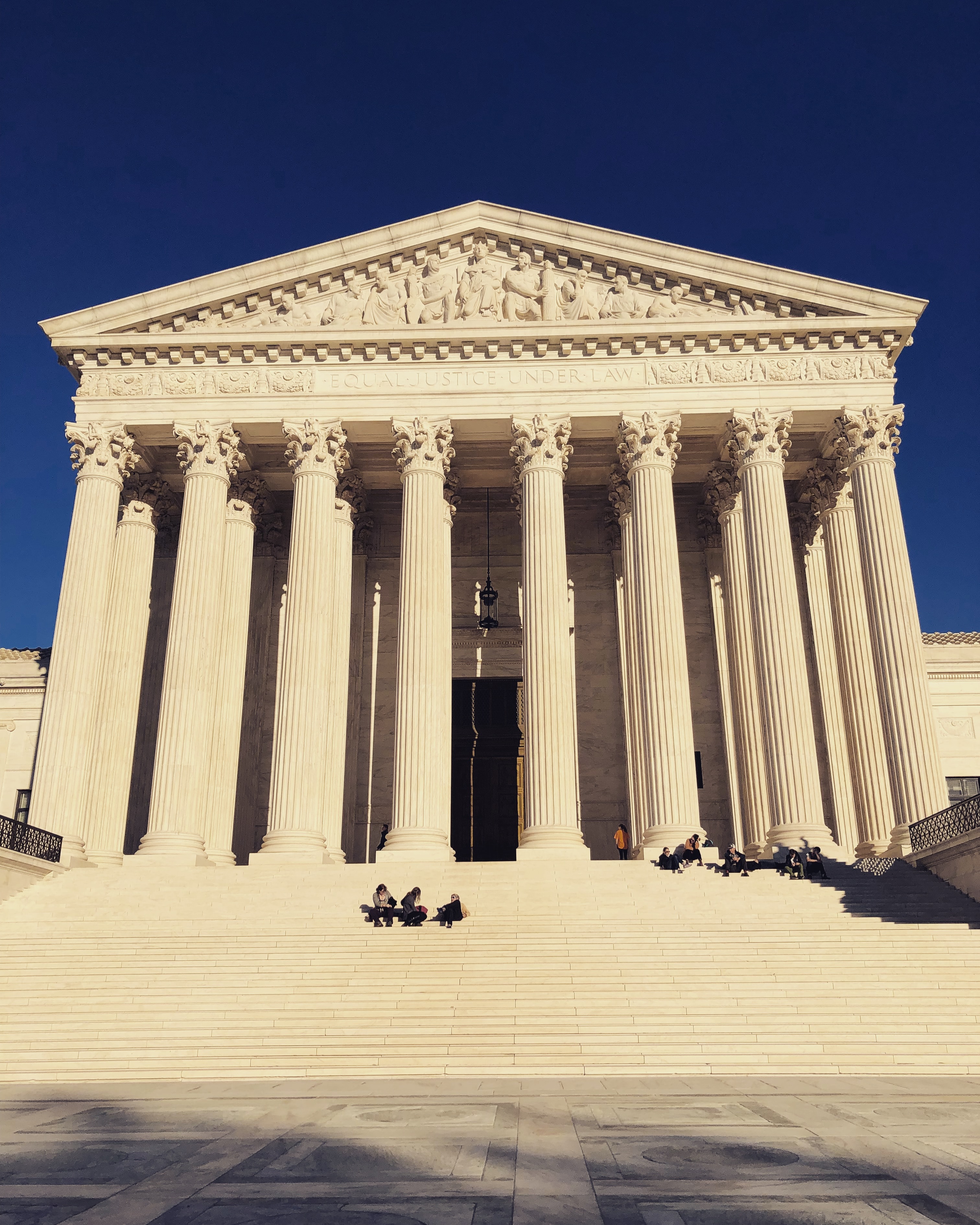Each year amendments are made to the rules that govern how bankruptcy cases are managed — the Federal Rules of Bankruptcy Procedure. The amendments address issues identified by an Advisory Committee made up of federal judges, bankruptcy attorneys, and others. The rule amendments are ultimately adopted by the U.S. Supreme Court and technically subject to Congressional disapproval.
Only A Few Rule Amendments This Year. Unlike previous years, there are only four rule amendments expected to take effect on December 1, 2019. Here they are:
- Rule 4001(c) has been amended to clarify that Rule 4001(c), governing the obtaining of credit, does not apply in Chapter 13 cases.
- Rule 6007 has been amended to specify who needs to be served with a motion to abandon, to provide that the objection deadline is within 14 days of service of the motion unless otherwise fixed by the court, and to clarify that a court’s order granting the motion itself effects the abandonment without need for further notice.
- Rule 9036 has been revised to confirm that both notice and service to a registered electronic filing system user can be done by filing the pleading with the court’s electronic filing system. This, however, does not apply to service requirements under Rule 7004.
- The Advisory Committee states that the “use and reliability of electronic delivery have increased since the rule was first adopted” and so Rule 9036 is being amended to make “a party who registers [ ] subject to service by filing with the court’s system unless the court provides otherwise.”
- Likewise, service may be made to any person who has consented to service electronically, at least to the extent of the consent.
- Service or notice is complete upon filing or sending unless the filer or sender gets notice that it did not reach the intended person.
- Rule 9037 has been amended to add a subsection (h) setting forth procedures for motions seeking to redact previously filed documents otherwise protected under Rule 9037(a). Rule 9037(a) protections cover social security numbers, birth dates, names of minors, and financial account numbers.
- A belated motion under the new subsection can be filed by the original filer or anyone else.
- The new procedures include identifying the proposed redactions, attaching the document to be redacted, and specifying who is to be served. Courts are authorized to alter the national rule’s procedures, presumably through adoption of local rules.
- The court is required to restrict from public access both the motion to redact and the previously available unredacted document. If granted, the redacted document is to be docketed. If denied, the restrictions must be lifted unless the court orders otherwise.
A Bonus: Federal Rule Of Appellate Procedure Change Impacting Bankruptcy Cases. In addition, although not a Federal Rule of Bankruptcy Procedure change, Rule 26.1(c) of the Federal Rules of Appellate Procedure has been revised to require certain disclosures in bankruptcy case appeals. Each debtor, including any debtors not named in the caption, must be identified. For each debtor that is a corporation, the Federal Rule of Appellate Procedure 26.1(a) disclosures must be provided regardless of whether the corporate debtor is named in the caption.
Give Me A Redline. If you’re like me, the best way to see the changes is to go through a redline. Follow the link in this sentence for the complete set of rule changes, including redlines showing the revisions made, as well as the Advisory Committee’s explanations for each amendment. The redline of the bankruptcy rule amendments starts at page 65 of the linked document. The change to Federal Rule of Appellate Procedure Rule 26.1(c) is found on page 32.
Is It December Already? These rule amendments are slated to take effect on December 1, 2019, a few weeks from now, so read through them to be ready when they do.
Photo by Kealan Burke on Unsplash


